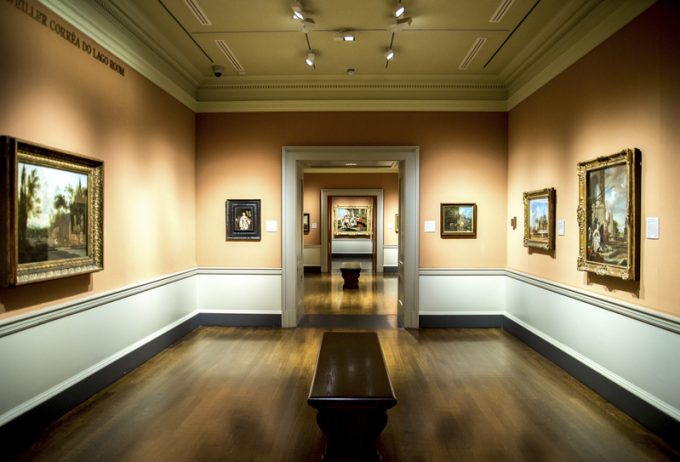UK needs closer EU ‘alignment’ to rebuild food supply chains
Research has called into question the UK’s ability to feed itself in the event of ...

Covid, not Brexit, appears to be the biggest burden for UK art exporters as they battle global museum and gallery closures.
Government efforts to mitigate post-Brexit import and export practices for transporting art, including the digitisation of the export licensing system and the development of new inland pre-clearance processes for export licences, have been roundly welcomed.
Simon Sheffield, executive chairman of Martinspeed, which specialises in providing art storage, logistics and installation, said export processes had become a “lot smoother”.
“Prior to January, going ...
Freightmate 'a product of theft, not ingenuity' says Flexport
Ceva Logistics UK named and shamed as a 'serial late-payer'
China hits out at Hutchison plan to sell Panama port holdings to MSC
Box ship in collision with tanker off UK coast
Mercedes-Benz places record order for SAF with DB Schenker
Liners plan more rate hikes to halt renewed container spot rates decline
M&A speculation swirls as EV Cargo unveils 'robust financial position'

Comment on this article